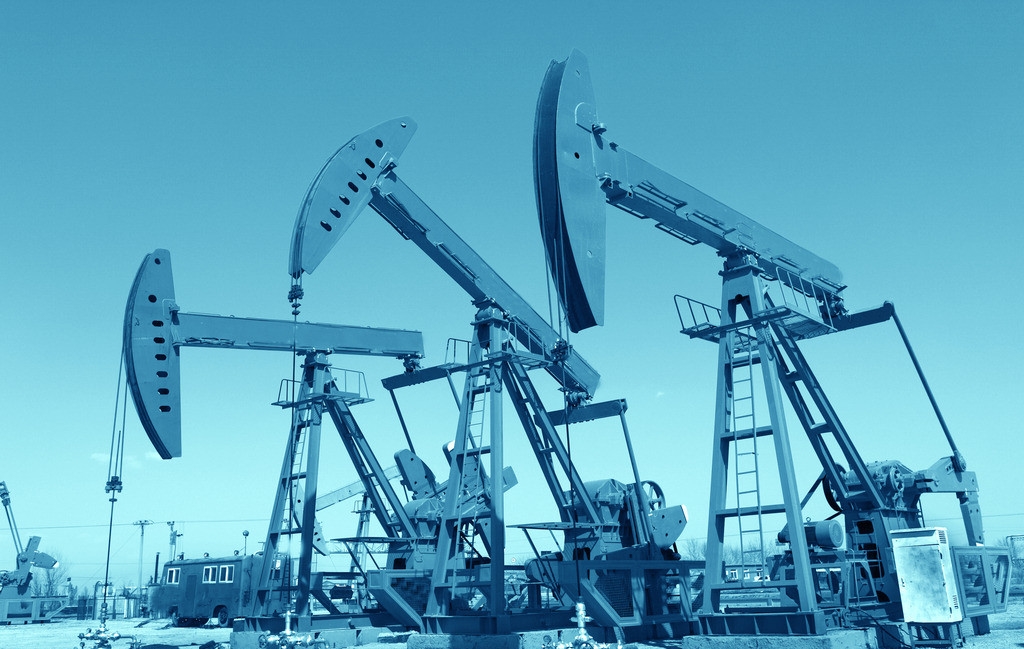Article Archive
Article Archive
- Introduction of Cement Slurry System (Part 1)
- Introduction of Cement Slurry System (Part 2)
- Introduction of Cement Slurry System (Part 3)
- Introduction of Cement Slurry System (Part 4)
- High Temperature and High Pressure Cementing Technology
- Low Density Cementing Slurry Technology
- Anti Gas Channeling Cementing Technology
- Drag Reducing Agents (DRA) or Drag Reducers (DR)
- Nitrogen Surfactant Compound Huff and Puff Technology
- Oil Washing Technology for Increasing Production
2、Common problems in operation before running casing
(1) When drilling footage is completed, the adjustment of drilling fluid performance is not paid attention to. Before cementing, the performance of mud deteriorates and the rheological property is poor, resulting in lost circulation and other accidents during the intermediate completion and completion operations.
Technical measures:
before drilling the footage, it is necessary to adjust the drilling fluid gradually according to the actual situation of the well in advance according to the requirements of cementingdesign, properly reduce the specific gravity of the drilling fluid and adjust the rheological property on the premise of stabilizing the gas reservoir. If the requirements cannot be met due to objective conditions, the technical section and cementingteam must be informed in advance to formulate corresponding technical measures.
(2) Leakage prevention measures are not implemented in place
a. Technical measures: After the completion of drilling or before the electric logging, it is necessary to measure the aftereffect and adjust the density of drilling fluid in time. If there is well loss in the early drilling process, it is necessary to know the formation pressure bearing capacity in detail.
b. Prepare plugging materials and reserve 40m3 drilling fluid at the site, and properly handle the drilling fluid performance before electrical testing to ensure downhole safety.
c. If heavy slurry and thick slurry are required to be pressed for a long time in the process of electric logging or tripping out, the performance of the slurry pumped shall meet the requirements of downhole safety. The engineer and mud team leader must record their performance, pump volume and position in the wellbore. When running in the hole, it is necessary to take targeted and detailed measures to run in sections, turn on the pump with small displacement for circulation, and continuously turn on the pump in the heavy slurry section to disperse it, so as to avoid the formation of slugs which may cause local poor pressure and well loss.
l The engineer and the brake handle operator must be clear about the normal circulating pressure consumption, especially the starting pump pressure, to prevent the top pump pressure from being too high and directly leaking the formation.In the process of running in and casing, the upper mud shall be recycled in sections according to the technical requirements and downhole conditions. The upper mud performance must be handled 200 m before going down to the leakage point or the formation with low pressure bearing capacity, and circulation at the weak position is strictly prohibited.
l Start the pump slowly and increase the displacement from small to large. Before starting the pump, turn on the rotary table to stir the drilling fluid and destroy the structural force. If it is found that there is pressure holding in the annulus (especially in the horizontal section) after the pump is stopped, move the drilling tool up and down by a large margin (turn on the rotary table as far as possible). If the pressure drops to 0mpa, it means that the annulus is not smooth (there is a lot of sand deposition). It is necessary to strengthen the moving drilling tool and increase the circulating displacement to smooth the annulus. If the pressure does not drop, the heavy slurry and thick slurry will enter the annulus of the straight well section, circulate with small displacement and cooperate with a large range of mobile drilling tools until returning to the wellhead.
l In the process of running in and casing, the speed shall be well controlled to ensure that the return speed of annulus is less than that of mud during drilling, so as to avoid formation loss by pressure.
l If there is a resistance indication in the middle of the process, the pump should be turned on first to run to avoid directly and quickly smashing the pressure leakage formation or causing stuck drilling and casing accidents.
(3)The well casing, accessories and tools are not inspected in place
Technical Measures:
a. The casing and nipple of the well must be through diameter and closed. During the cleaning of the screw thread, check whether the screw thread is damaged by visual inspection. The sealing shoulder of the airtight sealing thread must be checked additionally.
b. The mandrel and slip shall be properly preserved to avoid damage to the sealing part. After the casing is put in place, the buckle or slip shall be closed carefully.
c. In addition to the closure of the casing accessories for well delivery, the qualification certificate shall be checked to understand the pressure bearing capacity and ensure that the reverse pressure bearing capacity is greater than the differential pressure of the liquid column. Ensure that the sealed ball ball is not damaged and can bounce smoothly.
d. All tools without spare parts shall be kept properly, and protection measures shall be taken during the process of getting on the rig floor to avoid failure of timely organization after damage. All kinds of short joints, accessories, etc. must be manually led. If a variety of button type composite casing is run, the matching problem of casing button type, circulating cap and circulating nipple should also be considered during intermediate circulation.




